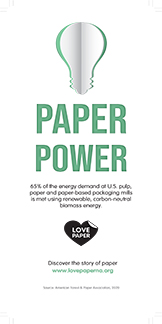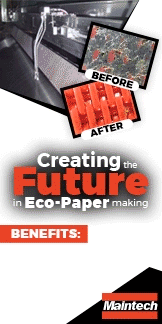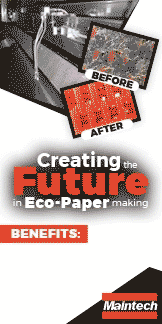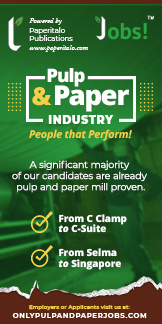Microsoft announced on Friday that it is buying 3.7 million metric tons of carbon removal credits from CO280, a project developer that works with pulp and paper mills.
The purchase covers 12 years of emissions from CO280's first carbon capture project at a mill on the Gulf Coast. CO280 expects the facility to start capturing CO2 in 2028.
Microsoft's purchase should help it meet its goal of becoming a carbon-negative company by 2030 -- that is, removing more carbon than its business produces. But even with Microsoft's enviable balance sheet, it's a tall order: The company generated 17.1 million metric tons of greenhouse gases in 2023.
To trim that number, Microsoft has been buying large amounts of renewable power and, to tackle what it can't replace with renewables, it has been inking deals that remove carbon dioxide from the atmosphere, helping to offset what it can't eliminate.
The Microsoft project is the first of a dozen that CO280 has in the works, co-founder and CEO Jonathan Rhone exclusively told TechCrunch. Rhone, who used to sell power plants to the pulp and paper industry, said that adding carbon capture to the process seemed like a natural fit.
"It just seemed like a no-brainer that everyone had missed," he said. The pulp and paper industry releases around 100 million metric tons of biogenic carbon dioxide annually.
To build the carbon capture facility, CO280 is working with SLB Capturi, a joint venture between SLB (formerly known as Schlumberger) and Aker Carbon Capture. The capture technology is based on the widely used amine process, and it will be attached to a large paper mill's recovery boiler, which helps recycle various chemicals for reuse. The boiler also releases a lot of carbon that was locked up in the wood itself.
Normally, the wood-locked carbon would be dumped into the atmosphere. But by drawing CO2 from this step in the process, the paper mill will be effectively removing carbon from the atmosphere by way of photosynthesis. "The trees do all the heavy lifting by capturing CO2 from the atmosphere," Rhone said.
Once captured, the carbon dioxide will be sent 40 miles via pipeline to a saline aquifer that is being used for CO2 storage. Altogether, this first phase of the project will capture about 40% of the biogenic carbon dioxide released by the mill and 30% of the total CO2, including from fossil fuels used to power the operation. CO280 is planning a second phase that should double those figures.
Rhone said that the carbon capture units will be built as joint ventures with the paper mills. In return, the mills will receive a portion of the carbon credit proceeds, helping boost their bottom line. CO280 sells its credits at around $200 per metric ton, and buyers can claim tax credits under the Inflation Reduction Act, bringing the cost down further.
CO280 previously sold carbon removal credits to Frontier, the advanced market commitment created by Stripe, Google, Shopify, Meta, and others.






















